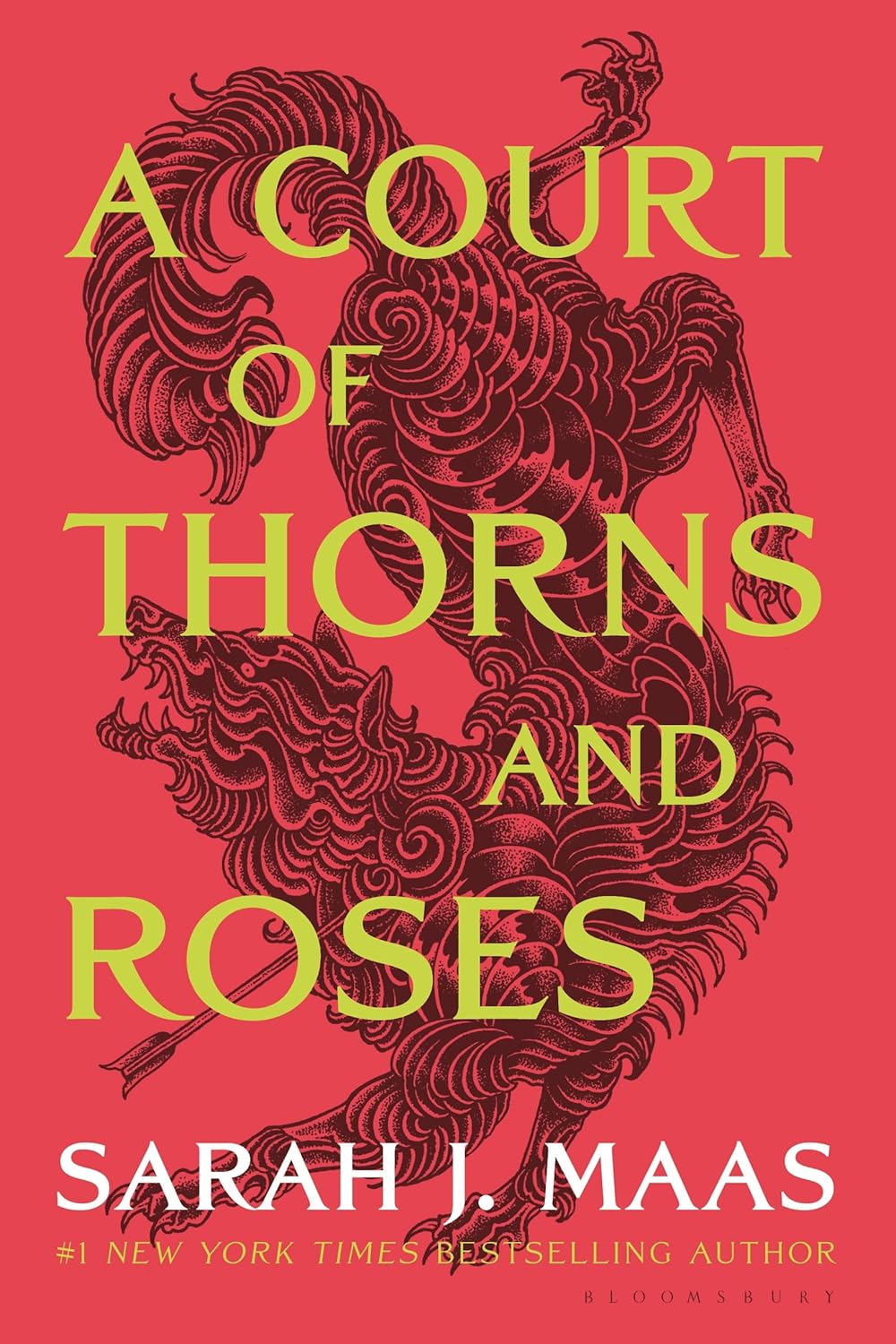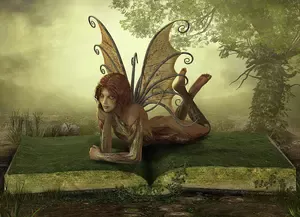- Home
- Fairy Blog
- Fairy Cakes
- Fairy Quotes
- Safety Dance
- The Flower Fairies Books
- What is a Fairy?
- Are Fairies Real?
- Elemental Fairies
- Faeries
- What are the Fae?
- Fae Fantasy Books
- Fairy History
- Origin of Fairies
- Fairies in Folklore
- Pixies
- Pixie Fairy Differences
- Gothic Fairies
- Tooth Fairy
- Fairy Festivals
- Fairy Gardens
- Fairy Garden Accessories
- Fairy Forests
- Fairy Poems
- Fairy Tales
- Fairy Tale Origins
- Classic Fairy Tales
- 24 Fairy Tales
- Fairy Tales around the World
- About Fantasy Creatures
- Dragons
- Dwarves
- Elves
- Gnomes
- Leprechauns
- Mermaids
- Unicorns
- Fairy Face Painting
- Free Fairy Art
- Fairy Coloring Pages
- Fairy Crafts For Kids
- Chinese Dragon Art
- How to Draw a Dragon
- Chinese Dragon Drawing
- Dragon Coloring Pages
- Fairy Tattoo Ideas
- About Us
- Contact Us
- Disclaimer
- Privacy Policy
Dwarves Stories
Myths and Folklore
Dwarves Stories Myths and Folklore creates the concept of dwarves. They have a rich history that spans many cultures and centuries, with the most prevalent depiction in Norse and Germanic mythology and European folklore.
Amazon Audible Promo
With Amazon Audible’s holiday promo ($0.99/month for 3 months) and the release of Harry Potter: The Full-Cast Audio Editions, there's never been a better time to join.
Dwarves Stories
Myths and Folklore
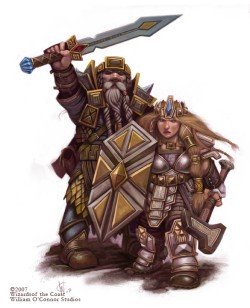
Norse Mythology
In Norse mythology, dwarves, or "dvergar," were subterranean beings who lived in a place called Svartálfaheimr (home of the black-elves). These dwarves were renowned for their mining skills, craftsmanship, and knowledge of magic. They were famous blacksmiths and were responsible for creating some of the gods' most prized possessions. For example, they crafted Mjölnir (Thor's hammer), Odin's spear Gungnir, and Freyr's ship Skíðblaðnir, all imbued with magical properties.
Germanic Mythology
Germanic folklore also includes references to dwarves (or "zwergen"), where they are often depicted as earth-dwelling beings, associated with wisdom, smithing, mining, and crafting. They were sometimes viewed as ambivalent or even malevolent, capable of cursing humans or bringing misfortune.
Middle Ages and Beyond
Dwarves Stories Myths and Folklore appear throughout the Middle Ages, when the concept of dwarves evolved. In many cases, they became closely associated with the underground and the hidden treasures of the earth. They were often depicted as miners, delving deep into the mountains to uncover gold, silver, and precious gems.
In many fairy tales, including those collected by the Brothers Grimm, dwarves play key roles, often depicted as skilled workers. In Snow White, for instance, the seven dwarves are miners who befriend and protect Snow White.
Modern Literature
The representation of dwarves in modern literature has largely been influenced by J.R.R. Tolkien's The Hobbit and The Lord of the Rings. Tolkien's dwarves are a proud, brave, and sturdy race known for their mining and crafting abilities. They're often portrayed as bearded, short, and muscular, a depiction that has greatly influenced subsequent fantasy literature and media.
Tolkien’s dwarves have a rich culture and history, including a complex language (Khuzdul) and beautifully crafted underground cities, like Erebor (the Lonely Mountain) and Khazad-dûm (Moria). They have a deep sense of honor and are fierce in battle, often wielding axes.
In the world of fantasy literature and games today, from Dungeons & Dragons to World of Warcraft, the depiction of dwarves continues to evolve, often drawing on these rich historical and mythological traditions while adding new layers and complexities. Their historical association with the earth, craftsmanship, and resilience remains a significant aspect of their characterization.
Dwarves Stories
Myths and Folklore
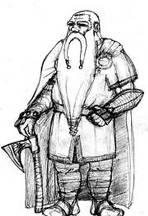
Folklore
Originating from Norse and Germanic folklore, the concept of dwarves has long been woven into the fabric of myth and legend. These beings were believed to be connected intrinsically with the earth, living beneath the surface in hills, mountains, or under stones. Dwarves in folklore were seen as master blacksmiths, stoneworkers, and metalworkers, demonstrating an exceptional craftsmanship far beyond human capabilities.
Dwarves Stories Myths and Folklore account for the most legendary artifacts of Norse mythology and were often said to be the work of dwarves. Notable among these were the spear of Odin named Gungnir, the hammer of Thor named Mjölnir, and the ship of Freyr named Skíðblaðnir, all renowned for their extraordinary power and intricate design. Alongside their remarkable skill, dwarves were often ascribed wisdom and knowledge about the hidden, mystical aspects of the earth, demonstrating a depth of understanding about the world around them.
Despite these admirable qualities, dwarves were often depicted as possessing a mischievous streak, showing a penchant for riddles and trickery. Furthermore, they could be somewhat gruff or grumpy in demeanor, a stereotype that has persisted in contemporary depictions of dwarves.
Stories

The Seven Dwarves
In the realm of fairy tales, the Seven Dwarves are most notably recognized from the story of Snow White, penned by the Brothers Grimm. These dwarves are distinct individuals, each with a personality unique to their character. Their names - Doc, Grumpy, Happy, Sleepy, Bashful, Sneezy, and Dopey - serve as direct reflections of their respective dispositions. Living together in a small cottage nestled deep within the forest, the dwarves mine gems and live in relative seclusion from the world.
When they encounter Snow White, fleeing from her wicked stepmother, they take her in and provide shelter, illustrating their innate kindness and protective nature. In their humble lives, they demonstrate a balance with nature, their mining work being conducted without disrupting the peace of the forest, creating a stark contrast to the turbulent and dangerous world of the queen's castle.
The Hobbit Dwarves
In the world crafted by J.R.R. Tolkien, dwarves play an integral role, particularly in "The Hobbit." In this tale, the dwarves are depicted as a brave and hearty folk, known for their endurance and love of craftsmanship. The story centers around thirteen dwarves led by Thorin Oakenshield, a proud and noble dwarf prince, who embark on a quest to reclaim their ancestral home, the Lonely Mountain, from the clutches of Smaug, the dragon.
Throughout their journey, the dwarves showcase their characteristic strength, tenacity, and skill, bound together by a shared sense of honor and loyalty. Despite his moments of stubbornness and excessive pride, Thorin remains steadfast in his duty to his people, demonstrating a sense of nobility and leadership that underscores the dignity of the dwarven race.
You can read more about Hobbit Dwarves here.
Dwarves from LOTR (The Lord of the Rings)
In "The Lord of the Rings," Tolkien further elaborates on dwarven culture and character. The dwarf Gimli, one of the main characters, not only exemplifies the strength and bravery characteristic of his people but also displays a capacity for deep friendship. His camaraderie with Legolas, an elf, is especially noteworthy given the historical mistrust between their respective races.
Gimli's reverence for the majesty of the dwarf kingdom, particularly his awe at the sight of the glittering caves behind Helm's Deep, is a poignant demonstration of the dwarven affinity for the earth and their mastery over stone and metal.
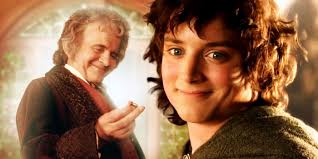 Bilbo and Frodo Baggins
Bilbo and Frodo BagginsHobbits
In Tolkien's Middle-earth, hobbits are a different race entirely. These small folk, peace-loving and lovers of comfort, live primarily in the pastoral setting of the Shire. Hobbits are most content tending their farms, sharing meals, and engaging in light-hearted social gatherings.
However, despite their generally unadventurous nature, hobbits like Bilbo and Frodo Baggins find themselves thrust into perilous quests. Through their journeys, they demonstrate that even the smallest and seemingly insignificant beings can exhibit great courage, resilience, and heroism when the need arises.
To conclude, the dwarves across different cultures, folklore, and stories are a testament to the diversity and richness of narrative tradition. From miners to warriors, from skilled artisans to protective friends, these beings embody traits of bravery, wisdom, resilience, and honor.
Despite their diminutive stature, they stand tall as formidable individuals capable of great feats, serving as reminders that size does not dictate one's strength, value, or capability. In their tales, both ancient and modern, dwarves continue to captivate our imaginations, enriching the tapestry of our shared storytelling heritage.
Hope You Enjoyed This Page!
You can read about dwarf women here.
Book of the Month
The Best Selling Fae Fantasy Book! A great Christmas gift!
CLICK HERE for more information and best price!
Recent Articles
-
Fae Fantasy Books - where love can be both thrilling and terrifying!
Nov 22, 25 02:34 AM
Fae Fantasy Books - explore new aspects of what it means to be human in a world where magic and immortal beings exist! A perfect blend of danger and allure! -
Water Fairies: Meet the Mystical Undines of the Waters
Nov 19, 25 02:45 AM
Water fairies, often called undines, are enchanting magical beings deeply connected to the element of water. These spirits appear in folklore and fairy tales -
Earth fairies are elemental beings connected to the earth element.
Nov 19, 25 02:34 AM
Earth fairies, also known as gnomes, are elemental beings deeply connected to the earth element. They have rich roots in folklore, mythology, and fairy tales

